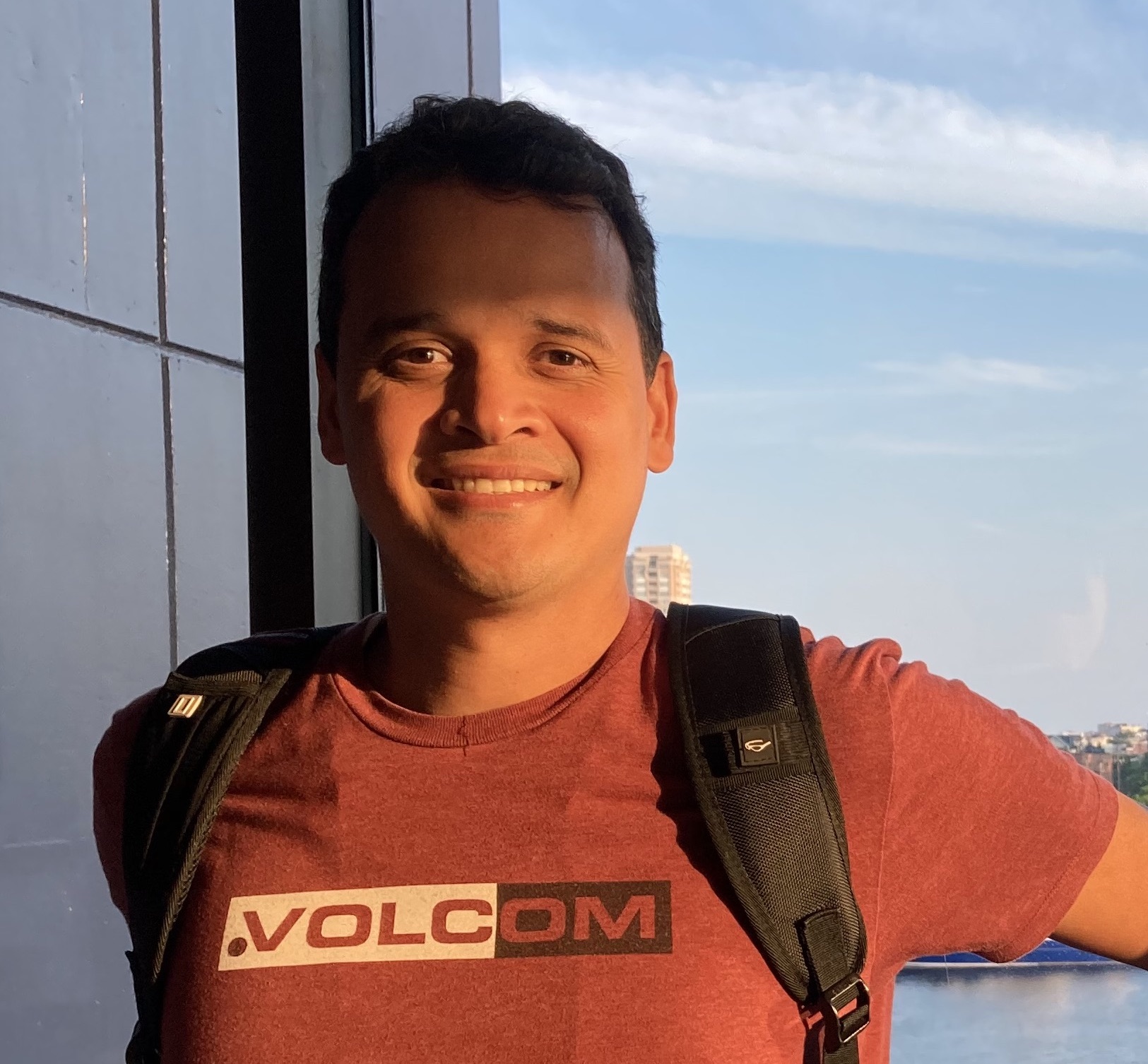SaLLy - Deep Learning and Artificial Intelligence
Artificial Intelligence (AI) is a broad field of computer science that aims to create machines that can perform tasks that would normally require human intelligence. This includes tasks such as visual perception, speech recognition, decision-making, and natural language processing. Deep Learning is a subfield of AI that uses artificial neural networks, which are inspired by the structure of the human brain, to learn and improve upon a specific task. Deep Learning algorithms are used to analyze large amounts of data and identify patterns or features that are relevant to the task at hand. Examples of Deep Learning applications include image recognition, natural language processing, and speech recognition.
In recent years, image and signal processing and interpretation based on Deep Learning have received considerable attention. The increase in computational capacity, coupled with intensive research on new Neural Network architectures, has allowed for significant results in image classification and segmentation.
In this topic, we are interested in the application of deep neural networks, such as feed-forward neural networks, convolutional neural networks, recurrent neural networks, autoencoder, generative adversarial networks, and reinforcement learning networks, in fields such as image recognition and segmentation, classification, natural language processing, and time series forecasting.
Meet Our Deep Learning & Artificial Intelligence Team

Nayguel Costa
Research Coordinator & Team Leader
Key Publications
- Sako, K., Mpinda, B. N., & Rodrigues, P. C. (2022). Neural Networks for Financial Time Series Forecasting. Entropy, 24(5), 657.
- Cordova, C. H., Portocarrero, M. N. L., Salas, R., Torres, R., Rodrigues, P. C., & López-Gonzales, J. L. (2021). Air quality assessment and pollution forecasting using artificial neural networks in Metropolitan Lima-Peru. Scientific Reports, 11(1), 24232.
